Morning Day Watching Waterfall With Girl Friend
Waterfalls are commonly formed in the upper course of a river in steep mountains. Because of their landscape position, many waterfalls occur over bedrock fed by little contributing area, so may be ephemeral and flow only during rainstorms or significant snow melt.
The further downstream, the more perennial a waterfall can be. Waterfalls can have a wide range of widths and depths.
Aerial view of Victoria Falls on the Zambezi River in southern Africa. The cloud formed by the mist is called cataractagenitus.
When the river courses over resistant bedrock, erosion happens slowly and is dominated by impacts of water-borne sediment on the rock, while downstream the erosion occurs more rapidly.
As the watercourse increases its velocity at the edge of the waterfall, it may pluck material from the riverbed, if the bed is fractured or otherwise more erodible. Hydraulic jets and hydraulic jumps at the toe of a falls can generate large forces to erode the bed,especially when forces are amplified by water-borne sediment. Horseshoe-shaped falls focus the erosion to a central point, also enhancing riverbed change below a waterfalls.
A process known as "potholing" involves local erosion of a potentially deep hole in bedrock due to turbulent whirlpools spinning stones around on the bed, drilling it out. Sand and stones carried by the watercourse therefore increase erosion capacity.
This causes the waterfall to carve deeper into the bed and to recede upstream. Often over time, the waterfall will recede back to form a canyon or gorge downstream as it recedes upstream, and it will carve deeper into the ridge above it. The rate of retreat for a waterfall can be as high as one-and-a-half metres per year.
-
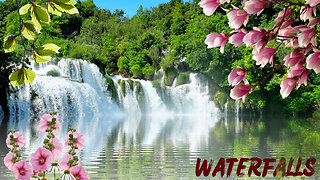 4:56
4:56
Romance Post BD
1 year agoTropical Waterfall & Audio | Relaxing | Meditation | Nature | Beautiful Waterfall Video
1 -
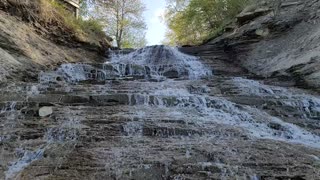 0:11
0:11
Maxing And Relaxing
3 years ago $0.06 earnedWatch a Gorgeous Waterfall
101 -
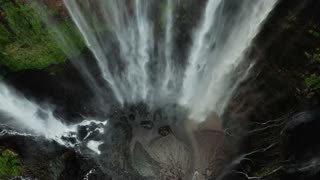 0:20
0:20
samidghilan0285
1 year agowaterfall water river nature
6 -
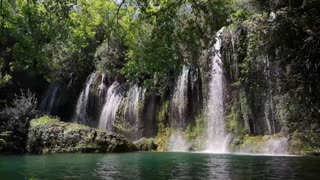 3:17
3:17
danephsubala
2 years agoRelaxing Music Video of Water Falls
14 -
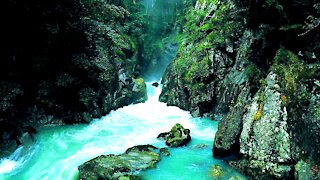 0:30
0:30
Expert Videos Magnetic Media
2 years agoThe Effortless cascade streams mysteriously spouting over the stones
34132 -
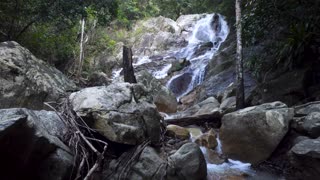 0:45
0:45
dimashqi
2 years agowaterfall inside nature
20 -
 0:07
0:07
1JamieXD
1 year agoHumans Like Waterfalls?
3 -
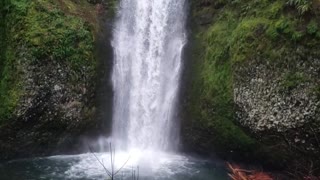 0:54
0:54
mdkhan14
2 years agonature waterfall
202 -
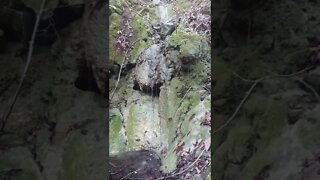 0:20
0:20
4Crawler
2 years agoTravertine waterfall #1
1 -
 0:59
0:59
CINEMATIC VIDEO NATURE OF PEACE
1 year agovery beautiful waterfall paradise
3